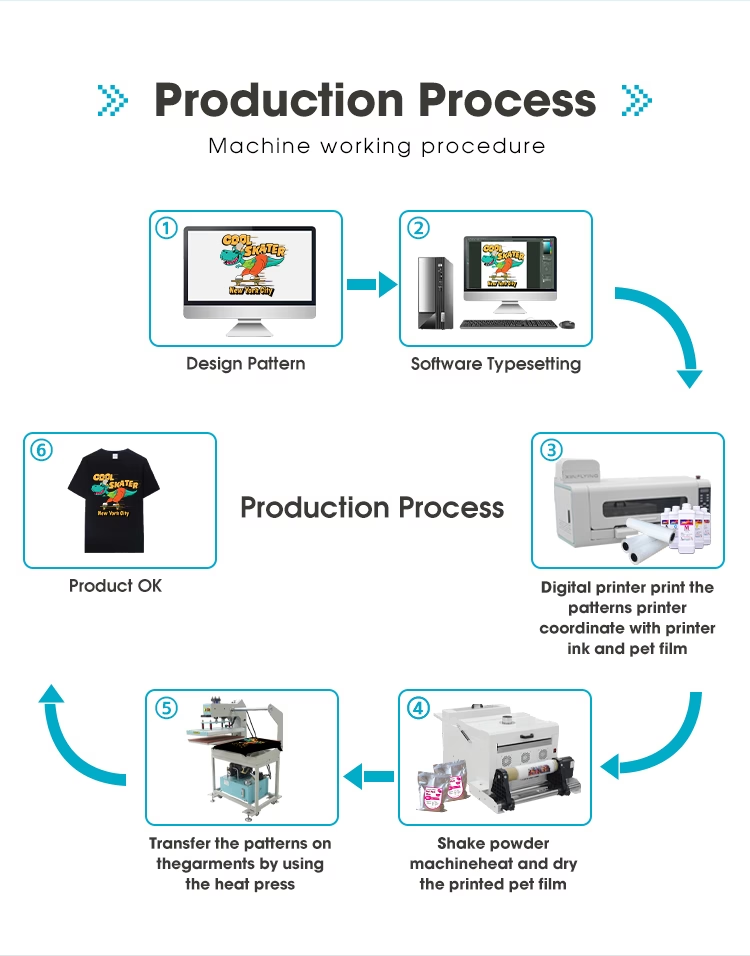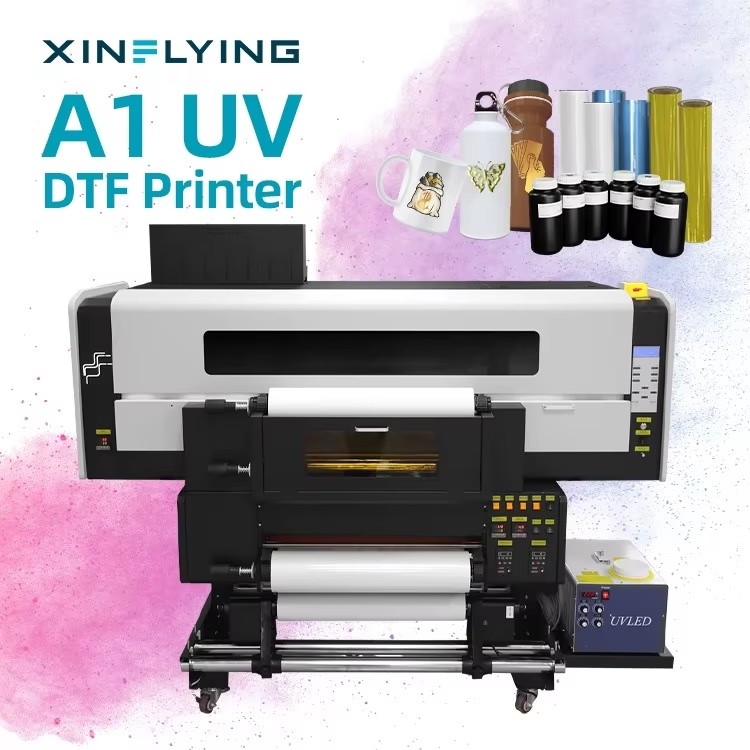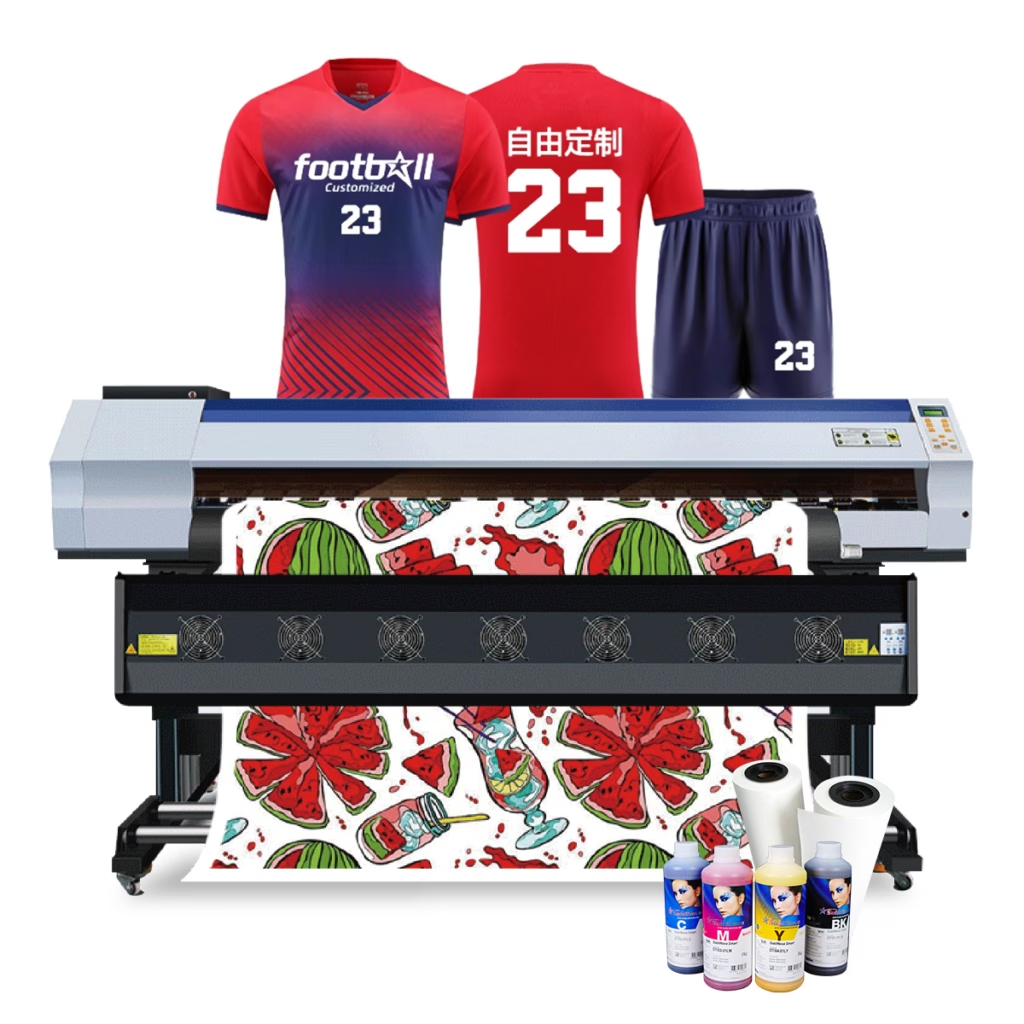
Manba: https://www.indiamarart.com
SUBLIATSIYA BOSHQARMASI Turli substratlarda yuqori sifatli va uzoq muddatli bosma nashrlarni yaratish uchun mashhur usul, matolardan kulolchilik va metallga. Biroq, Uzunlik va uzoq muddatli submalement printlariga erishish shunchaki kerakli uskunalar va materiallardan ko'proq narsani talab qiladi. SuBliatsion bosib chiqarish jarayonining har bir bosqichida tajribani talab qiladi, Dizayndan keyingi texnikagacha.
Ushbu maqolada, Biz jonli va uzoq davom etadigan submalement printlarini olish uchun muhim qadamlarni o'rganamiz, O'ng materiallarni tanlashda, Dizaynni tayyorlash, To'g'ri bosib chiqarish texnikasi, Post-bosib chiqarish texnikasi, va umumiy muammolarni bartaraf etish. Ushbu qadamlar bilan, Siz nafaqat vizual ajoyib, balki bardoshli va uzoq davom etadigan submalementlarni yaratishingiz mumkin.
To'g'ri substratni tanlang

Manba: https://plastiksDecoring.com
Sublimatatsiya haqida gap ketganda, Substratni tanlash yuqori sifatli va uzoq muddatli bosmalarga erishish uchun juda muhimdir. To'g'ri substratni tanlash uchun ba'zi maslahatlar:
Polyester
Sublimatsiya matbaalarini issiqlik va bosim bilan substratga o'tkazish orqali. Polester submalement tilida bosib chiqarishida ishlatiladigan eng keng tarqalgan substrat, chunki u bo'yoqlar uchun katta yaqinlik qiladi va transfer jarayonida zarur bo'lgan yuqori haroratga bardosh berishi mumkin. Siz tanlagan poliester subchizatsiyasiga ishonch hosil qiling..
Yorqin rangli va silliq yuzalar
Sublimatsiya bosib chiqarish eng yaxshi yorqin va silliq sirtlarda eng yaxshi ishlaydi, chunki bu bo'yoq to'liq so'riladi va jonli ranglarni yaratishga imkon beradi. Qorong'u va tekstlangan sirtlar transfer jarayoniga xalaqit berishi va kam tebranish ranglariga olib kelishi mumkin.
Ilovani ko'rib chiqing
Substratni tanlashda bosma mahsulotning belgilangan qo'llanilishini ko'rib chiqing. Masalan, Agar siz futbolkada chop etsangiz, Siz kiyish va yuvish va kiyish uchun qulay bo'lgan substratni xohlaysiz.
To'g'ri submalement siyohini tanlang
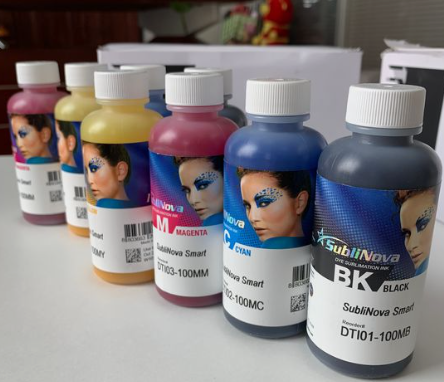
Manba: https://www.phinest.com
SuBliatsion bosib chiqarishdagi yuqori sifatli va uzoq muddatli printlarga erishish uchun to'g'ri subtilatsion siyohni tanlash juda muhimdir. Mana to'g'ri SUBLIYA INKni tanlash uchun ba'zi maslahatlar:
Siyohni printerga moslang
Sublimatsiya siyohlari ma'lum bir printerlar bilan ishlash uchun maxsus yaratilgan, Shunday qilib, printer modelingizga mos keladigan siyohni tanlash juda muhimdir.
Sifat va izchillik
Yuqori sifatli va izchil natijalarni taqdim etadigan Sublimatsiya siyohlarini qidiring. Kam sifatli siyohlar ranglarni ko'paytirishga olib kelishi mumkin, qon ketish, va chidamlilik kamayadi.
Rang gamut
Rang gamut, yoki takrorlanishi mumkin bo'lgan ranglar oralig'i, Sublimatsiya siyohini tanlashda muhim e'tibor. To'g'ri va jonli rangni ko'paytirish uchun keng rangli gameyni taklif qiladigan siyohlarni qidiring.
Chidamlilik
Sublimatsiya siyohlari bardoshli va yuvishga qodir bo'lishi kerak, quyosh nuri, va boshqa ekologik omillar. Yuqori chidamlilik va uzoq umr ko'rish uchun maxsus ishlab chiqilgan siyohlarni qidiring.
To'g'ri subtilatsion uzatish qog'ozini tanlang
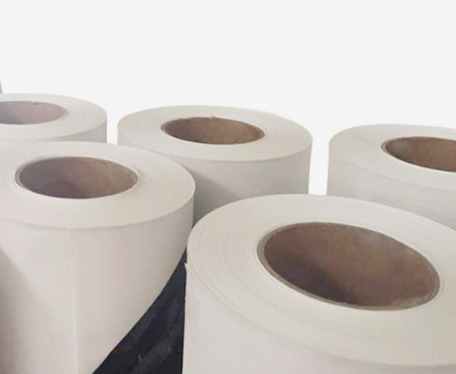
Manba: https://www.phinest.com
Sifatisublimatsiya qog'ozi Sublimatsiya printlarining ajoyib va uzoq umr ko'rishiga ta'sir qilishi mumkin. Kam sifatli transfer qog'ozi siyohni to'g'ri yutishi mumkin emas, natijada zerikarli ranglar va pasayish. Maxsus qoplamali yuqori sifatli uzatish qog'oz submalement jarayonini kuchaytirishi mumkin, natijada yanada faol ranglar va takomillashtirilgan chidamlilik.
SuBliatsion bosib chiqarishda ishlatiladigan turli xil uzatish va qoplamalarning turli xil turlari mavjud. Qattiq uzatish qog'ozi Transfer jarayonida substratni joylashtirishga yordam beradigan yopishqoq qatlamga ega. Quick-quruq transfer qog'ozi Quritish vaqtini kamaytiradi, Oddiy uzatish qog'ozi ancha arzon. Transfer qog'oz bir tomonlama yoki ikki tomonlama bo'lishi mumkin, Rangli vahshiylikni oshiradigan va tombukni kamaytiradigan yoki qon ketishini kuchaytiradigan qoplamalar bilan.
SuBlimulyatsiyani bosib chiqarish bo'yicha yuqori sifatli va uzoq muddatli bosmalarga erishish uchun, to'g'ri subtilatsion uzatish qog'ozini tanlash juda muhimdir. Bu erda ba'zi maslahatlar:
- Qog'ozni printerga moslang, sifat va izchillikni ta'minlash.
- Rangli rangli va pasayish uchun rangi bilan qoplangan qog'ozlarni ko'rib chiqing.
- Arizangiz uchun tegishli og'irlik va hajmni tanlang.
- Atrof-muhitning ta'siridagi omil, va oqim va daromad bilan balans.
- Kam sifatli transfer qog'ozi ranglarni ko'paytirishga olib kelishi mumkin, qon ketish, va chidamlilik kamayadi.
To'g'ri bosib chiqarish usuli

Manba: https://Sotmermerch.org
Rangni aniqlashni ta'minlash, aniqlik, Va SuBliatsion-dagi chidamlilikni bosib chiqarish usullaridan foydalanishni talab qiladi. Harorat, bosim, va vaqt sozlamalari to'g'ri transferning oldini olish uchun to'g'ri bo'lishi kerak va oxirgi mahsulotning ishlashi yoki haddan tashqari bosilishi tufayli yakuniy mahsulotni kamaytirish. Shunday qilib, To'g'ri bosib chiqarish usuli SuBliatsion bosib chiqarish juda muhimdir.
Jonli va uzoq muddatli submallashtirish printsiplariga erishish, Substrat va siyohga mos keladigan issiqlik vaqtini va haroratini sozlash juda muhimdir.
- Qattiq yoki haddan tashqari bosilishi mumkin bo'lgan noto'g'ri bosimdan saqlaning.
- Yuqori sifatli foydalaning sublimatsiya siyoh, Qog'oz qog'oz, va substrat.
- To'g'ri uskunalarni kalibrlash va tozalash.
SuBliatsion bosib chiqarishda to'liq ishlab chiqarishni boshlashdan oldin printlarni sinab ko'rish juda muhimdir. Bu sizga dizayndagi har qanday muammolarni yoki muammolarni aniqlashga imkon beradi, rang, yoki ko'p miqdordagi bosib chiqarishdan oldin pul o'tkazish jarayoni.
Sinov shuningdek, sozlamalarni yaxshilashda yordam beradi va optimal natijalarga erishish uchun dizaynni kerak. Chop etish uchun kichik substrat va uzatish qog'ozidan foydalaning, va kelajakdagi ma'lumot uchun ishlatiladigan sozlamalarni yozib olishingizga ishonch hosil qiling. Siz sinov bosganingizdan qoniqasiz, Siz to'liq ishlab chiqarishni yakuniy va muvofiqlikning sifatiga va izchilligi bilan ko'proq ishonch bilan davom ettirishingiz mumkin.
Bosmadan keyingi texnikaning tegishli usullari

Manba: https://www.prodrigi.com
Post-post-post-post-fayllar yuqori sifatli va uzoq muddatli bosma nashrlarga erishish uchun submalatsiyani bosib chiqarish uchun zarurdir. Ishlov berish yoki qadoqlashdan oldin chop etishni sovutish mixlash yoki yopishqoq, ortiqcha qog'ozni kesib, substrat toza qoplamani ta'minlaydi. To'g'ri foydalanish va saqlash zararni oldini oladi, so'nish, Chop etishning rangsizlanishi, Oddiy jihozlarni tozalash optimal ishlashini ta'minlaydi va ifloslanishning oldini oladi.
qisqa bayoni; yakunida, Bosmadan keyingi texnikani bajaring, yakuniy mahsulotning chidamliligi va sifatini ta'minlash uchun juda muhimdir.
- Chop etishga ruxsat bering
Dizaynni substratga o'tkazgandan so'ng, Qog'oz yoki qadoqlashdan oldin chop etish uchun chop etishga ruxsat bering. Bu bosma yoki chop etishning oldini oladi.
- Ortiqcha qog'ozni kesing
Toza tugashga erishish uchun substrat qirralaridan ortiqcha qog'ozni kesing.
- Substratni yuving
Matolar uchun, Subliatsion-ni bosishga xalaqit beradigan qoldiq qoplama yoki moylarni olib tashlash uchun foydalanishdan oldin substratni yuving. Engil yuvish vositasidan foydalaning va mato yumshatgichlaridan foydalanmang.
- Parvarish bilan ishlov berish
Chop etishning oldini olish uchun substratga qo'pol ishlov berishdan saqlaning.
- To'g'ri saqlang
Tayyor mahsulotni quruq va salqin joyda, so'ningning oldini olish uchun to'g'ridan-to'g'ri quyosh nuridan uzoqroq joyda saqlang.
- Uskunalarni tozalang
Optimal ishlashini ta'minlash va ifloslanishni oldini olish uchun issiqlik matbuotini va boshqa uskunalarni tozalang.
Bosib chiqarish uchun tegishli muhitni ta'minlash

Manba: https://www.zenofecice.com
Bosib chiqarish uchun kerakli muhitni ajratish uchun ajratilgan samaraliroq va yuqori sifatli natijalarga erishish uchun SuBlimulyatsiyani bosib chiqarish juda muhimdir. Mana, keyingi maslahatlar:
- Harorat va namlik nazorati
Sublimatsiya bosib chiqarish doimiy ravishda boshqariladigan muhitda barqaror harorat va namlik darajasi yuqori. Ideal harorat oralig'i 68-75 ° F, va nisbiy namlik o'rtasida saqlanishi kerak 45-55%.
- To'g'ri shamollatish
Xavfsiz ishlaydigan muhitni ta'minlash uchun etarli shamollatish zarur. Fummlarni olib tashlash va issiqlik qurilishini oldini olish uchun kamzli ishqibozlarni yoki ochish uchun oching.
- Tozalik
Ifloslanishning oldini olish va jihozlarning maqbul ishlashini ta'minlash uchun toza va tashkillashtirilgan ish maydonini yuriting.
- Yoritish
Ko'zni shikastlashning oldini olish va aniq ranglarni aniqlashni ta'minlash uchun ish maydoni yaxshi yoritilishi kerak.
- Shovqinni boshqarish
Sublimatatsion bosib chiqarish shovqinli bo'lishi mumkin, Shunday qilib, shovqin darajasini kamaytirish uchun shovqinni bekor qilish yoki boshqa usullarni ko'rib chiqing.
Ushbu maslahatlarga rioya qilish orqali, Siz SuBliatsion bosib chiqarish uchun xavfsiz va maqbul muhitni ta'minlashingiz mumkin, natijada izchil va yuqori sifatli bosma nashrlar.
Umumiy muammolarni bartaraf etish

Manba: https://www.wavex.co.uk
Sublimatatsion bosib chiqarish murakkab jarayon bo'lishi mumkin, Bosib chiqarish jarayonida turli xil masalalar paydo bo'lishi mumkin. Bu erda ba'zi umumiy muammolar va muammolarni bartaraf etish bo'yicha maslahatlar:
- So'ning yoki zerikarli ranglar
Bu past sifatli siyoh tufayli bo'lishi mumkin, Noto'g'ri harorat yoki bosim sozlamalari, yoki noto'g'ri uzatish jarayoni. Yuqori sifatli siyohdan foydalaning va to'g'ri sozlamalardan foydalaning, va rangdagi vahshiylikni kuchaytirish uchun qoplangan uzatish qog'ozidan foydalanishni ko'rib chiqing.
- Loyqa yoki gidred rasmlar
Bu noto'g'ri bosim yoki past sifatli uzatish qog'ozidan foydalanish bo'lishi mumkin. Bosimni sozlang va arvohlikni qisqartirish uchun korreyka uzatish qog'ozidan foydalanayotganini ko'rib chiqing.
- Notekis yoki to'liq bo'lmagan pul
Bu noto'g'ri bosim yoki harorat sozlamalari tufayli bo'lishi mumkin, yoki pul o'tkazma qog'ozining noto'g'ri turidan foydalanish. Sozlamalarni rostlang va muayyan dasturingiz uchun mo'ljallangan to'liq uzatilgan qog'oz qog'ozidan foydalaning.
- Substrat shikastlanishi
Bu haddan tashqari issiqlik yoki haddan tashqari bosish natijasida yuzaga kelishi mumkin. O'zingizning muayyan substratingiz uchun tavsiya etilgan harorat va bosim sozlamalaridan foydalaning, va haddan tashqari qizib ketishdan qoching.
- Substrat qisqarish yoki burilish
Bu transfer jarayonida haddan tashqari issiqlik yoki bosim tufayli bo'lishi mumkin. Muayyan substratingiz uchun tavsiya etilgan sozlamalardan foydalaning, va haddan tashqari qizg'in yoki qizib ketishdan saqlaning.
- Qog'oz murabbo
Bu transfer qog'ozini noto'g'ri yuklash natijasida yuzaga kelishi mumkin. Qog'ozni to'g'ri yuklashga va haddan tashqari yuklanmaslik uchun ishonch hosil qiling sublimatsiya printeri.
Xulosa

Manba: https://www.phinest.com
Yakunida, Uzunlik va uzoq muddatli sublmamatsiya printlariga erishish to'g'ri materiallar bilan mumkin, texnika, va jihozlar. Ishonchni qidirishda SuBlieatsion printer ishlab chiqaruvchisi, Chop etish sifati kabi omillarni hisobga olish juda muhimdir, tezlik, va chidamlilik. Epson kabi nufuzli ishlab chiqaruvchilardan printerlarni printerlar, Saralash, va ricog ajoyib bosma sifat va ishonchlilikni taklif qiladi.
Qo'shimcha, paydo bo'lishi DTF printer texnologiya va DTG printeriS Turli matolarda yuqori sifatli sublimalifikani chop etishlari mumkin. Ushbu maqolada belgilangan va to'g'ri jihozlarga sarmoya kiritgan maslahatlar va texnikalardan so'ng, Ikkalasi ham jonli va uzoq vaqt davomida ajoyib submallik printlarini yaratishingiz mumkin.


